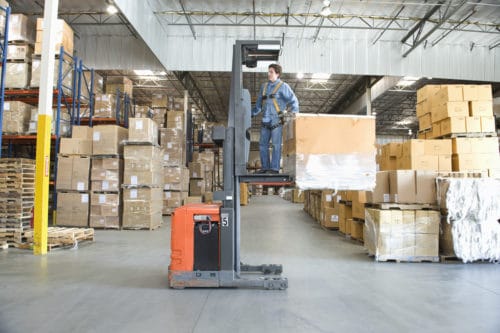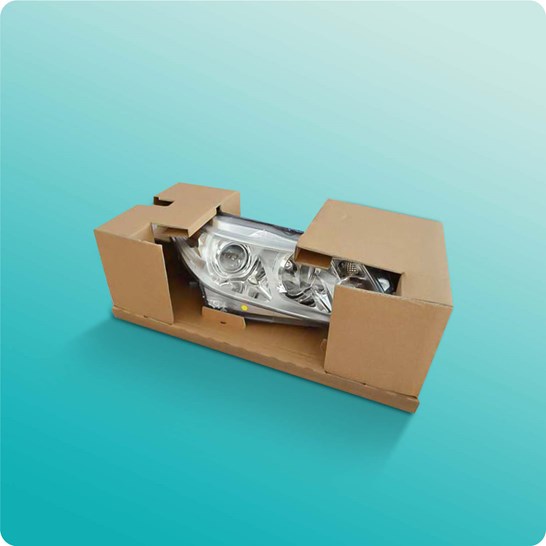Bulk Container Recycling Initiatives: Sustainably Navigating Industry
Bulk Container Recycling Initiatives: Sustainably Navigating Industry
Blog Article
Efficient Industrial Recycling Solutions for Lasting Packaging: A Comprehensive Guide
That's where this extensive overview on efficient commercial recycling remedies for lasting packaging comes in. By discovering crucial locations such as packaging product selection, creating for recyclability, applying reusing infrastructure, collaborating with recycling partners, and monitoring and gauging reusing success, this guide will equip you with the knowledge and devices required to make educated decisions and drive positive change within your company. Whether you're a packaging expert, sustainability manager, or simply interested in the topic, this guide will provide valuable insights and approaches to help you navigate the globe of lasting packaging.
Packaging Product Option
The option of product packaging materials plays an important role in guaranteeing the sustainability of commercial recycling options. When it comes to sustainable packaging, the choice of products is essential in lessening environmental impact and making best use of reusing performance. Picking the best materials can help in reducing waste generation, conserve sources, and advertise a round economy.
One crucial factor to think about in product packaging product selection is recyclability - bulk container recycling. Materials that can be quickly recycled and integrated back right into the manufacturing cycle are preferred. For instance, materials like cardboard, paper, glass, and particular kinds of plastics can be recycled several times without losing their top quality. On the other hand, products that are tough to reuse, such as non-recyclable composites or blended plastics, can create challenges for the recycling procedure and may wind up in landfills or burners.
Another consideration is making use of renewable and biodegradable products. Product packaging made from eco-friendly resources, such as plant-based plastics or biopolymers, can help reduce dependence on fossil gas and alleviate climate adjustment. In addition, biodegradable products damage down naturally with time, decreasing the buildup of waste in garbage dumps.
Furthermore, the weight and quantity of product packaging products ought to be lessened to lower transport expenses and energy intake. Lightweight products not just require less sources during production however also add to decrease carbon emissions during transportation.
Creating for Recyclability
In order to make certain the recyclability of packaging products, thoughtful style is vital. Designing for recyclability involves creating packaging that can be quickly sorted, separated, and refined in recycling facilities. One crucial aspect of developing for recyclability is the selection of materials. Packaging developers need to prioritize making use of materials that are commonly approved for reusing and have actually established recycling facilities. Products such as glass, light weight aluminum, and specific kinds of plastic, like animal and HDPE, are typically reused and ought to be chosen over materials that are difficult or pricey to reuse.
One more essential consideration in creating for recyclability is the removal of unneeded elements or products. By minimizing the variety of layers, coverings, and extra components, packaging can be made less complex and simpler to recycle. Additionally, designers should intend to decrease making use of combined products, as they can complicate the recycling process.

Implementing Recycling Framework
Effective execution of reusing framework is crucial for the success of industrial reusing options. Without appropriate framework in position, the reusing process becomes inefficient and ineffective, preventing the overall goal of sustainable product packaging.
To implement reusing facilities successfully, several vital factors require to be thought about. There should be an efficient collection system that promotes the separation and collection of recyclable products. This can consist of assigned reusing containers in public areas, as well as partnerships with waste monitoring companies for curbside pickup and sorting.
Once accumulated, the recyclable materials need to be carried to reusing centers in a prompt fashion. This needs effective logistics and transport networks, making sure that the materials get to the ideal centers immediately.
At the reusing centers, progressed sorting and processing innovations should be in location to separate different kinds of products properly. This includes using automated arranging devices, optical scanners, and hand-operated sorting methods.
Moreover, there must be a durable market need for recycled products. This can be accomplished with partnerships with makers and industries that use recycled materials in their production procedures. Creating a secure market for recycled products incentivizes the reusing sector and advertises the round economic situation.
Collaborating With Recycling Allies

One secret element of collaborating with recycling partners is the establishment of clear interaction networks. It is necessary to establish open lines of communication to assist straight from the source in the exchange of info, updates, and responses. This permits both parties to stay educated regarding the progression of reusing efforts and deal with any obstacles or problems that may arise.
In addition, partnership can involve collaborations in applying and creating reusing programs. Reusing companions can give important understandings and advice in developing efficient collection systems and identifying one of the most proper recycling innovations. By collaborating, businesses and recycling companions can enhance the recycling procedure and lessen waste.
In addition, collaboration can expand beyond the operational facets of reusing. It can additionally incorporate campaigning for and education and learning efforts. By signing up with pressures, services and recycling partners can increase understanding about the value of recycling and advertise the fostering of sustainable packaging techniques among consumers and various other stakeholders.
Monitoring and Measuring Recycling Success
To guarantee the performance of commercial recycling options and the achievement of sustainable packaging goals, it is critical for companies and their reusing partners to develop a thorough system for monitoring and gauging reusing success (processing company). Tracking and measuring reusing success enables companies to assess the influence of their recycling efforts, recognize locations for enhancement, and established meaningful targets for future development
One way to track reusing success is with the use of data collection and evaluation devices. By gathering data on the quantity of packaging waste generated, the percentage of waste that is recycled, and the sorts of products being reused, companies can acquire beneficial understandings into their recycling efficiency. This data can then be assessed to identify fads, patterns, and locations of inefficiency.
Another Read Full Article vital facet of monitoring and gauging recycling success is establishing standardized and clear metrics. This allows services to compare their performance against industry benchmarks and track their progression gradually. Metrics such as reusing rates, waste diversion rates, and greenhouse gas exhausts can provide a measurable procedure of a service's recycling success.

Verdict
To conclude, implementing efficient industrial recycling options for sustainable packaging needs careful consideration of packaging material choice, creating for recyclability, carrying out reusing infrastructure, collaborating with reusing companions, and monitoring and gauging reusing success. By including these practices, services can contribute to an extra environmentally-friendly and lasting technique to packaging, reducing waste and advertising the circular economic situation.
By checking out crucial areas such as product packaging product choice, making for recyclability, executing reusing facilities, teaming up with recycling companions, and monitoring and measuring reusing success, this overview will equip you with the understanding and devices needed to make educated decisions and drive favorable change within your organization. Packaging developers need to focus on the usage of materials that are commonly accepted for recycling and have developed recycling infrastructures.Partnership with recycling partners is crucial for the successful implementation of commercial recycling services and the success of sustainable packaging objectives. By joining forces, organizations and reusing companions can increase awareness about the importance of recycling and advertise the adoption of lasting product packaging methods amongst customers and other stakeholders.
By accumulating information on the quantity of packaging waste produced, the portion of waste that is recycled, and the types of products being recycled, services can get beneficial insights right into their reusing efficiency.
Report this page